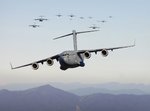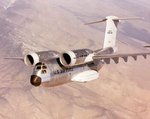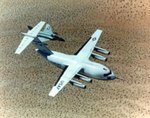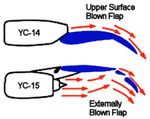Arsenal VG-33
Senior Airman
Had this forwarded to me yesterday, some interesting new information on the new Airbus A400M 4-engined military transport, first type being assembled -
A400M Countdown #7 - A PROGRESS REPORT FROM AIRBUS MILITARY
A400M Countdown #7 - A PROGRESS REPORT FROM AIRBUS MILITARY




